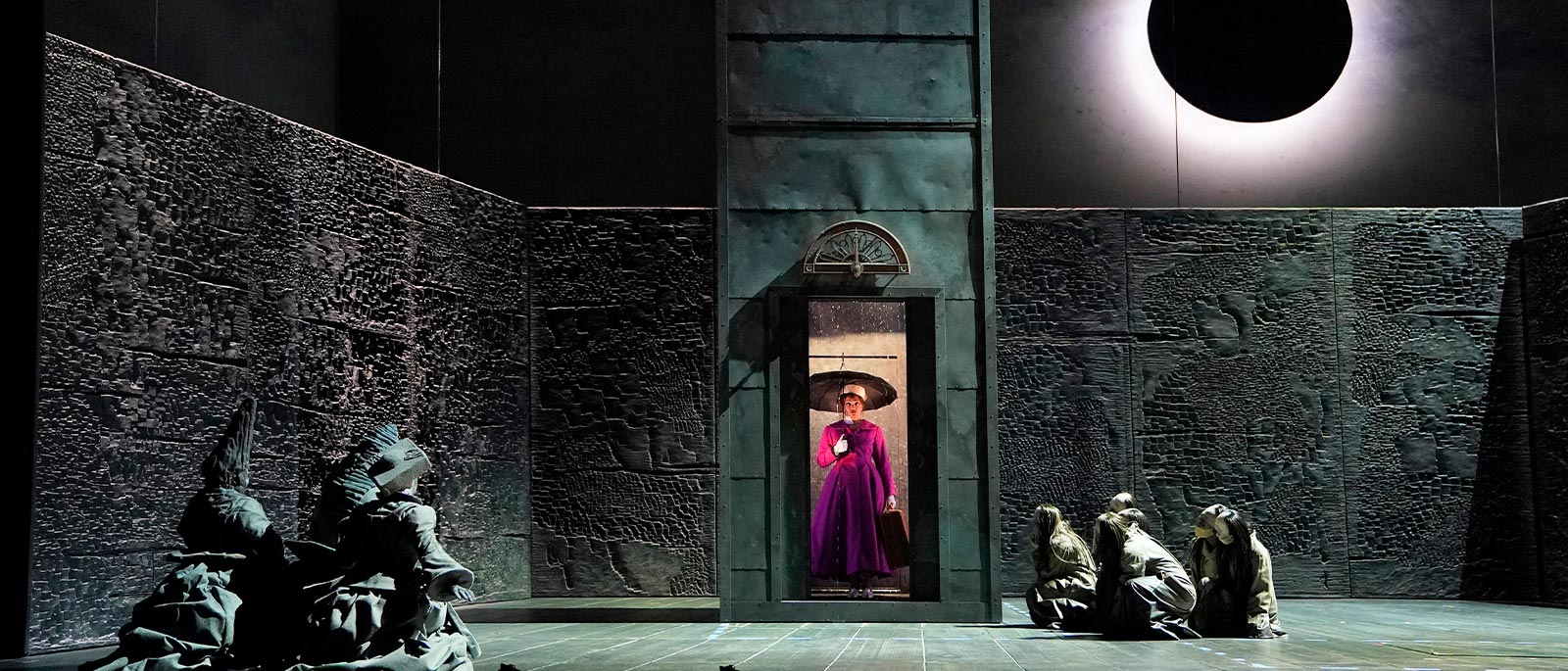
What’s in a Myth?
Today, the story of Orpheus and Eurydice is an iconic example of ancient Greek mythology. But what exactly is a myth, and why have myths played such a significant role in the history of opera?
In the broadest terms, a myth is a traditional story or folktale that has been handed down orally (through speech rather than through writing) for many generations. Additionally, myths are used to explain the world and people’s experiences within it, often using symbolism and allusion to discuss life, death, relationships, and spirituality. Such stories were especially relevant for ancient civilizations attempting to make sense of geographical, atmospheric, or other natural events that challenged, belied, or could not be explained by the scientific knowledge of the day. Thus, myths often straddle the real and the fantastic: Many mythical creatures, for example, have their origins in poorly understood or misrepresented animals discovered during early world travels. The unicorn, which many ancient writers, including Julius Caesar, were convinced was a real creature, was likely inspired by sightings of rhinoceroses and narwhals. This animal also has a parallel in the mythological Chinese qilin, a horse/dragon hybrid with two horns.
With their forays into magic and their tendency to grapple with the big questions facing humanity, myths are an ideal source for operatic subjects. Early opera performances were expected to boast lavish productions and breathtaking stagecraft, and mythological gods, monsters, and miracles lent themselves perfectly to spectacle-filled nights at the opera. What is more, the mythical heroes depicted in these stories were seen to symbolize the ruling monarch, with the operatic characters’ nobility and strength flattering the supposed same qualities in the king. Sometimes, the king would even appear onstage in the opera’s “deus ex machina” (literally “god from the machine”) denouement, a final scene in which a god suddenly appears, often through a feat of dazzling stagecraft, to facilitate a happy ending. (In the finale of Gluck’s Orfeo ed Euridice, for instance, the god of love restores Eurydice to Orpheus even after his empty-handed return from the Underworld.) The political message of this moment was clear: Like a god, the all-powerful noble ruler could easily and efficiently solve society’s seemingly intractable problems.
In general, 17th- and 18th-century operas drew primarily on Greek and Roman mythology for their source materials, but composers have since drawn on mythology from a range of cultures. In the late 19th century, for instance, composer Richard Wagner took inspiration from Norse mythology for his epic Ring cycle. In these operas, Wagner based his characters on traditional Norse gods and included the Norse imagining of the afterlife, the legendary Valhalla or “hall of slain warriors.”
Critical Inquiry
What are some other mythological stories that would make good material for an opera? How might you change these myths for the opera stage?